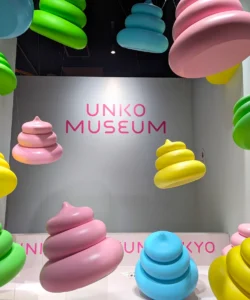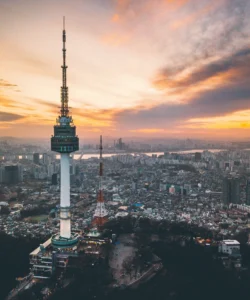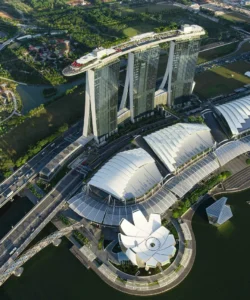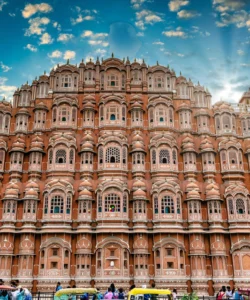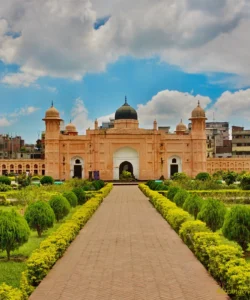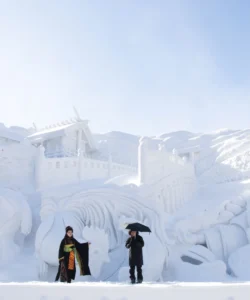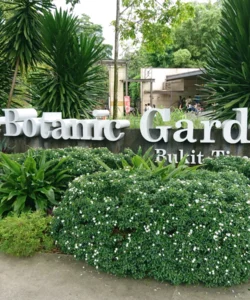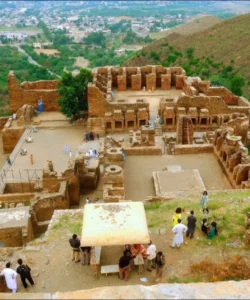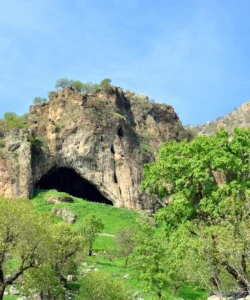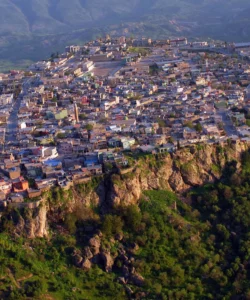The Temple of the Sacred Tooth Relic, known locally as Sri Dalada Maligawa, is a revered Buddhist temple in the city of Kandy, Sri Lanka. It holds a profound and unique place in Sri Lankan history, religion, and culture, primarily because it is believed to house the sacred tooth relic of the Buddha.
Name: Temple of the Tooth Relic (Sinhala: ශ්රී දළදා මාළිගාව, Sri Dalada Maligawa)
Address: The temple is located in the Royal Palace complex of the former Kingdom of Kandy, near the Kandy Lake in the Central Highlands of Sri Lanka.
How to Get There:
Kandy is a major city and a popular tourist destination.
- By Air: The closest international airport is Bandaranaike International Airport (CMB) in Colombo. From there, you can take a train, bus, or private taxi to Kandy.
- By Train: The train journey from Colombo to Kandy is one of the most scenic in the world, offering views of tea plantations and rolling hills.
- By Bus/Taxi: Kandy is well-connected by road, and you can easily take a bus or hire a taxi from Colombo or other major cities.
- Within the City: The temple is located in the heart of Kandy and is a central landmark. It is easily accessible on foot, by tuk-tuk, or by car.
- Best Time to Visit: The best time to visit is during the dry season, from December to April, when the weather is ideal. However, the temple is particularly vibrant during the annual Esala Perahera festival in July or August.
Landscape and Architecture:
The temple complex is a beautiful example of traditional Kandyan architecture, integrated into a serene and spiritual landscape.
- UNESCO World Heritage Site: The entire city of Kandy, with the Temple of the Tooth Relic at its heart, was designated a UNESCO World Heritage Site in 1988, acknowledging its immense cultural and religious value.
- Royal Palace Complex: The temple is part of a larger complex that includes the former royal palace, audience hall, and other associated buildings, which were built and modified by various Kandyan kings.
- Kandyan Architecture: The architecture is a unique blend of Kandyan-style designs, with intricate carvings in wood, ivory, silver, and gold. The temple walls are adorned with beautiful frescoes, and the main shrine is covered in ornate decorations.
- The Octagonal Pavilion (Pattirippuwa): A distinctive feature of the complex is the Octagonal Pavilion, a white, octagonal tower that stands at the front of the temple. Originally built by King Sri Wickrama Rajasinghe as a royal library, it now houses ancient Buddhist manuscripts and is a key architectural element.
- Kandy Lake (Kiri Muhuda): The temple is located adjacent to the beautiful Kandy Lake, an artificial lake built by the last Kandyan king. The temple’s reflection in the lake adds to its serene beauty. A wall of white painted brick, with the appearance of water waves, surrounds the complex.
- The Sacred Relic: The left canine tooth of the Buddha is enshrined in a two-story inner shrine. It is kept in a series of seven nesting golden caskets, each adorned with precious gemstones. The relic itself is not on public display; instead, devotees pay homage to the beautiful golden caskets.
- Daily Rituals (Pooja): The temple is not just a museum but a living place of worship. Daily rituals and offerings, known as pooja, are performed three times a day (at dawn, noon, and in the evening), accompanied by traditional drumming and music.
What Makes It Famous:
- The Sacred Tooth Relic: The temple is famous for housing what is believed to be the sacred tooth relic of the Buddha. According to legend, the relic was smuggled to Sri Lanka in the 4th century CE and has been a symbol of both religious devotion and political authority ever since.
- Symbol of Sovereignty: For centuries, it was believed that whoever possessed the tooth relic had the divine right to rule the country. This belief made the relic a central part of Sri Lankan politics and a source of great power for the Sinhalese kings.
- The Esala Perahera Festival: The temple is the focal point of the world-renowned Esala Perahera, a magnificent annual procession held in July or August. The festival features hundreds of performers, drummers, dancers, and ornately decorated elephants, with a majestic male elephant carrying a replica of the relic’s casket in a grand parade through the streets of Kandy.
- A Living Cultural and Religious Center: The Temple of the Tooth Relic is not a static monument but a dynamic hub of Buddhist activity, attracting thousands of pilgrims and tourists daily. It is a testament to the enduring influence of Buddhism on Sri Lankan culture.
- Kandyan Architecture: It is a prime example of the unique Kandyan architectural style, which flourished during the last Sinhalese kingdom and is recognized for its intricate craftsmanship and distinct artistic features.
Differences from Some Other Wonders:
- Centrality of a Sacred Relic: While many wonders are religious sites (e.g., the Blue Mosque, the Kaaba), the Temple of the Tooth Relic’s entire identity and significance are built around the presence of a single, highly sacred relic. This focus on a specific bodily relic of the Buddha is a unique and defining feature.
- Symbol of Political Power: The tooth relic’s historical connection to the political sovereignty of Sri Lankan kings, a belief that whoever held the relic held the power to rule, is a unique and fascinating aspect of its history.
- A “Living” Museum: Unlike many ancient sites that are primarily archaeological ruins, the Temple of the Tooth Relic is a vibrant, active place of worship with daily rituals and a major annual festival. It functions as both a historical monument and a living religious center.
- Architectural Style: The temple’s architecture is a testament to the Kandyan architectural style, which is distinct from the Dravidian, Mughal, or other regional styles found in neighboring countries. The use of specific carvings, motifs, and the layout of the complex make it uniquely Sri Lankan.
- The Esala Perahera: The scale and spectacle of the Esala Perahera, a centuries-old tradition that serves as the temple’s main festival, is a unique and famous feature that sets it apart from other religious sites.
Temple of the Tooth Relic in Kandy Photos:








